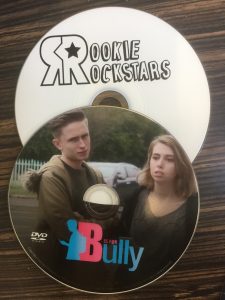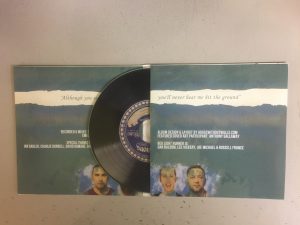Why is it that your printed colours look different to what you see on your monitor? Everything looks great on the screen but the prints come out subtly different.
The truth is you will never see a perfect match between images on the screen and images on paper, they are simply put, two very different entity’s.
Colour Space, RGB and CMYK
You monitor image is made us from pixels, these are thousands of tiny lights, and each of these lights can produce around 16 million colours, which is more than our eyes can recognise! These lights are know as the RGB (Red, Green, Blue) colour space.
A printed image is made up from dots of ink splashed on a piece of paper. We use 4 ink colours for this, Cyan, Magenta, Yellow and Key black. These 4 make up the CMYK colour space. The first three colours are used to reproduce colour, in a similar way to your monitor, the final ‘Key black’ is needed for practical reasons, but its not so important to this topic.
When light hits an colour ink splash on the paper, only the same colour light is reflected, which is a small part of the light which hits is. In contrast the same dot of colour on screen it a light source itself and much stronger than a reflection. So it should already make sense why printed paper would not be as bright on screen, they exist in a smaller range of brightness!
There’s also another restriction on printed images which is because the reflected light is relatively small they only produce a relatively small range of colours, perhaps a few thousand at the most. This is a big reduction from the 16 million available on your monitor! Now you don’t need to worry about this too much, our computers and printers are very good an handling these difficulties, but you should try to keep in mind the subtle details in images can be lost, for example, dark grey text on a black background that is only just visible on screen, will probably as solid black.
You cannot print light!
The next experiment, take a printed image and hold it next to the computer monitor. Now turn the lights off, which one can you see!
The fact is you cannot print light to a piece of paper. So the bright and florescent Reds, Pinks, Yellows, etc which which have so much energy can only be produced with a light behind them. The moment you convert them to print they will be much duller. There are techniques which might help a little when converting them, but really is no fix for this one. If you are designing artwork for print the ideal solution is to use the CMYK colour space from the beginning. This way there are no surprises at the end.
Other factors
The reflection of an ink splash on paper is only a close approximation of the intended colour. Even the type of light bulb in the room your in can affect the colours you see! The same is true for the type or paper you are printing on. So imagine if the the papers are different, or one of them is not paper at all, perhaps a plastic CD. Or maybe the printers are made by different companies, or use different printing technology. Variation is the prints will be expected.
Again, this is not something you need to look at fixing yourself, printers and the things they print on are carefully ‘tuned’ so they produce images as accurately as possible.
The Proof is in the pudding
So you’ve carefully designed some art, keeping in mind all the possible variations, but have you done it right?
You could ask us to check, we’re the experts right? Well yes, but even experts can make mistakes but more importantly this is the first time we have seen you art. We have no way of knowing what effect you are trying to achieve, we don’t know if you have a golden Sun tan or an orange glow, we don’t know if the car in the background should be Green or Blue, or if there way supposed to be the outline of a cat in the shadows.
So who is best placed to check this then? Easy, the same person who knows exactly what the artwork should look like…. You!
I know, we’ve gone full circle, but the solution to this problem is a proof print. Proofs are very common in the print industry and will show you exactly how the print comes out. They are not always necessary, especially if your experienced enough to know what you might receive but if this is you first venture into print, and the details for this one need to be perfect then a proof is definitely the way to go.
 We have worked for many years with Rookie Rockstar’s who work with Young People to help
We have worked for many years with Rookie Rockstar’s who work with Young People to help